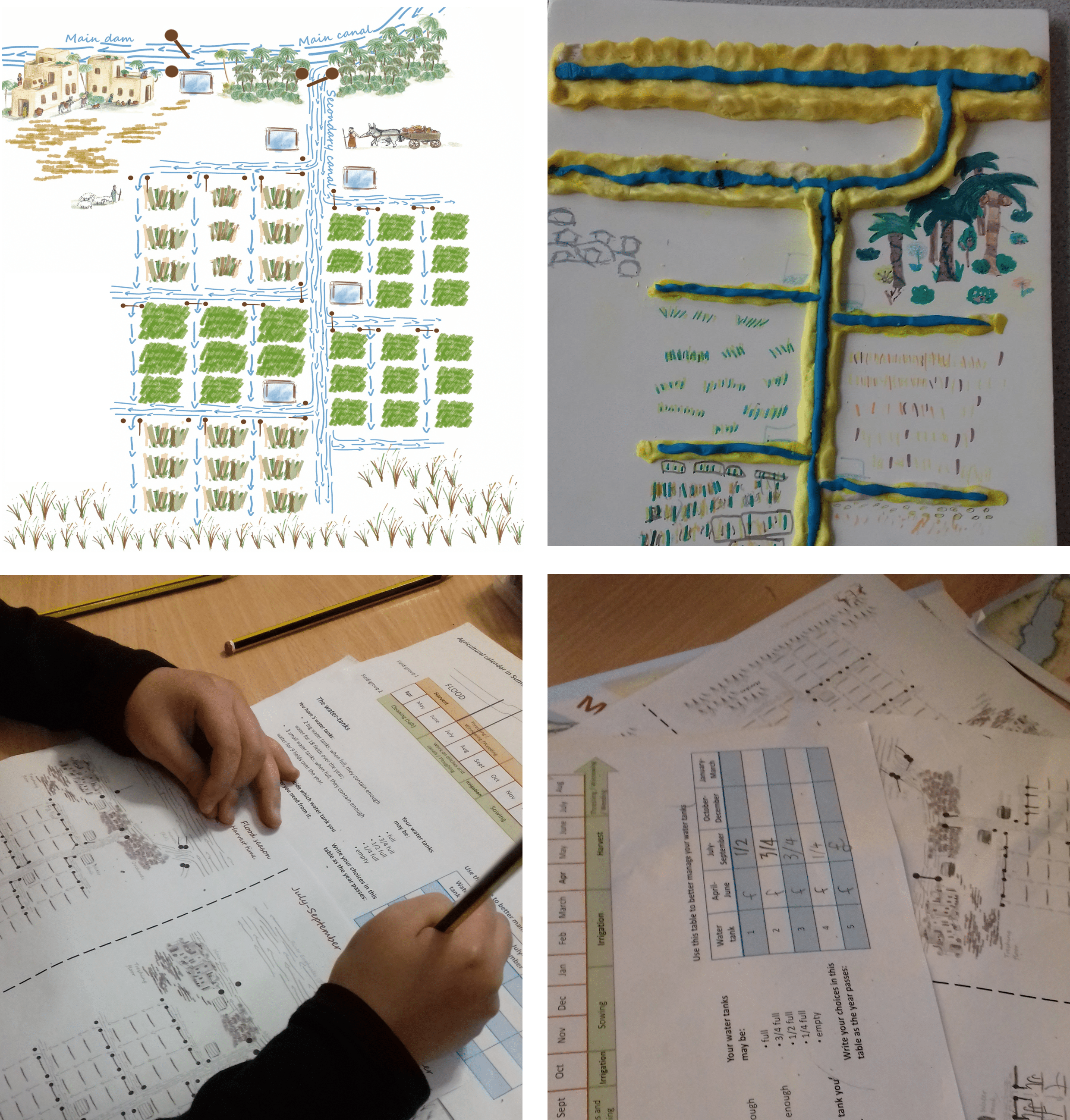
How to adapt to a challenging environment and manage water resources? How to deal with human impact on the environment? Sumerian also had to deal with those modern issues.
While introducing the children to one of the greatest Sumerian achievements, which shaped both their country and their civilisation, this session also offers to children a thought-provoking approach on environmental issues.
✓ All KS2 levels: Year 3 to 6 (material is adapted to different year-levels);
✓ Price: Short workshops: £50 in-person; £25 online; Long workshops: £75 in-person; £50 online
✓ Included: documents for each child (2-3 pages Pdf to print out)
Are Sumerian environmental issues so distant from modern ones?
This session raises many questions on both the impact of the environment on ancient societies and the impact of human activity and needs on nature.
Sumerian first had to find ways to control water resources to open new lands to cultivation. Then, they discovered problems caused by over-exploitation, such as salinisation and desertification, and had to find ways to solve those issues, one of them being fallow lands.
Both the introduction and the activity urge the children to find solutions by themselves (within reasonable limits with regards to historical context!).
Children are put into situation: divided into groups, they work together to take the best decisions for their "village": they learn how to deal with water resources according to the agricultural calendar.
Activities: the “irrigation game” adapted to all ages and some extra!
Year 3
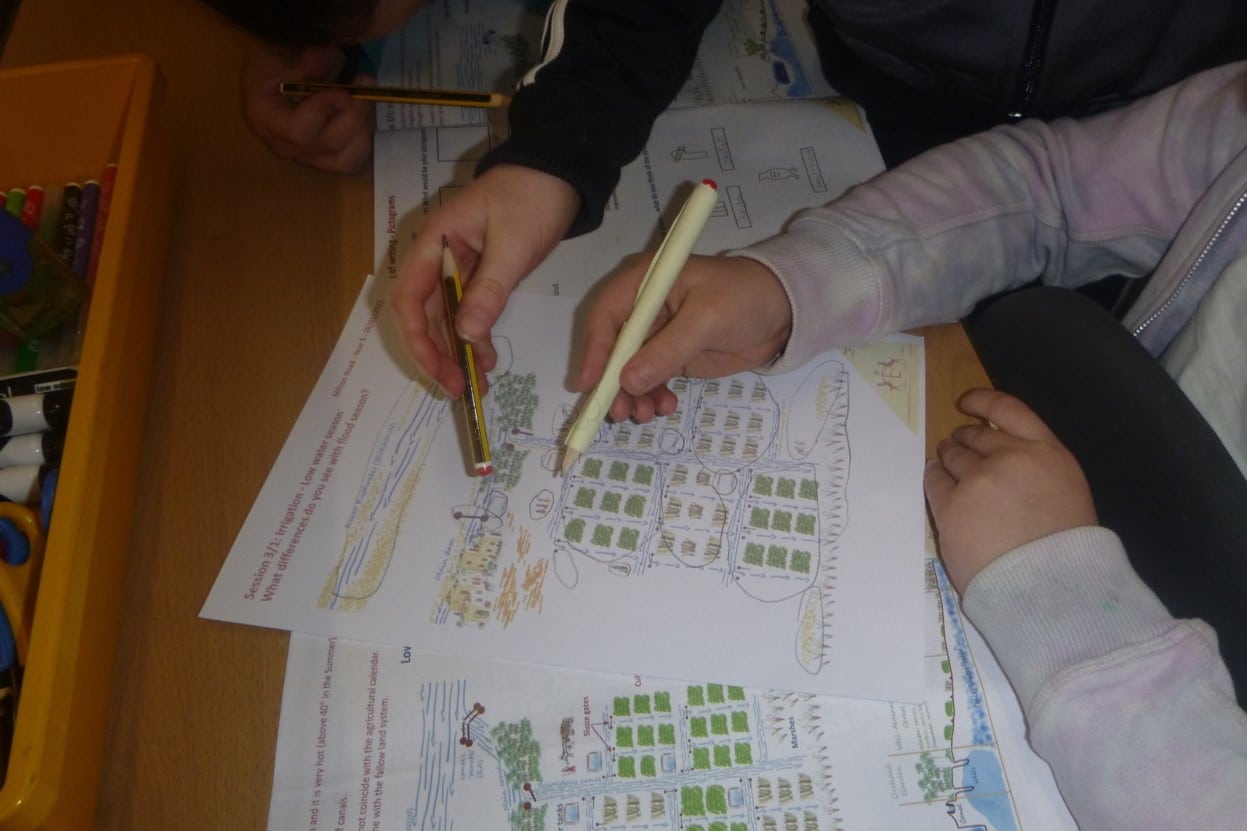
The activity focuses on the differences between seasons, to better understand how a changing environment dictate some choices.
Year 4-5
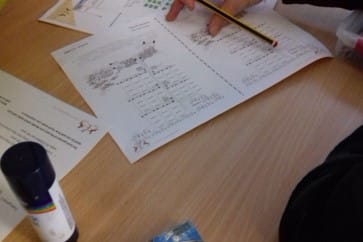
The children focus on the watering system, learning how to use water wisely to lead "their" village through the Sumerian agricultural year.
Year 6+
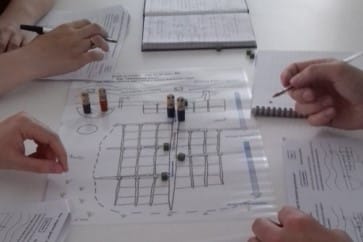
Children start from scratch: they choose where to put dams and weirs and how to distribute fallow lands and cultivated fields.
It is recommended to book a long session to complete the “irrigation game”.
Extra!
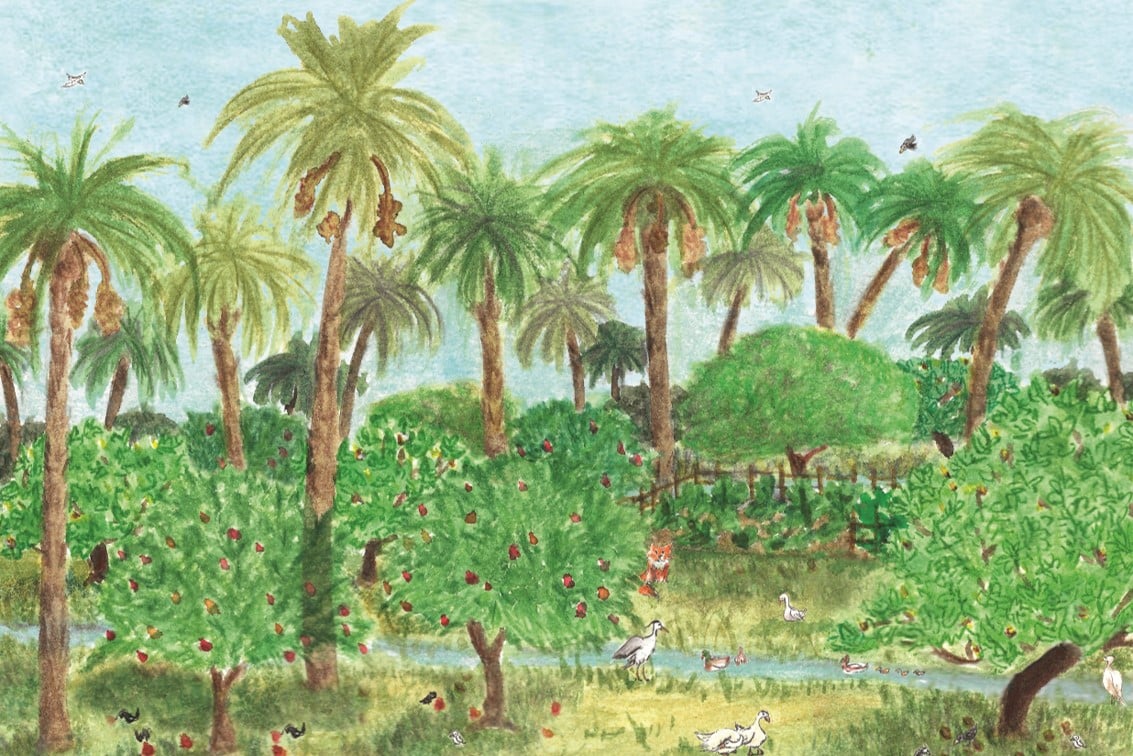
✓ An authentic school Babylonian mathematical problem: young scribes were learning mathematics at school, by solving “problems” related to water management!
✓ Sumerian gardens! Complementary reading from the “The Essential traveller guide to Sumer”.
Both available on demand.
